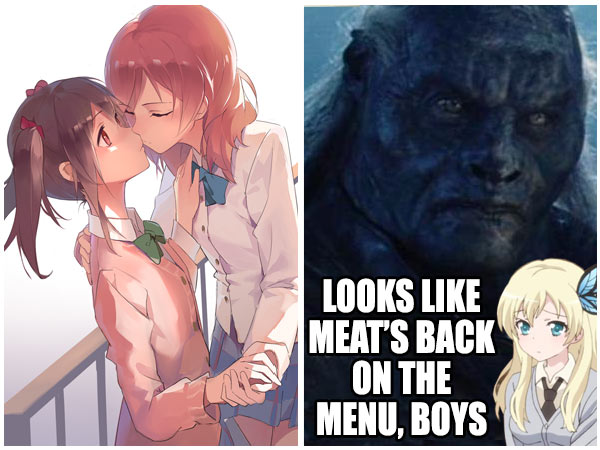When I first arrived in Japan 24 years ago, I brought a lot of preconceived notions with me. Like, the Japanese all lived in small houses (my house in Japan is larger than my San Diego home) and drove tiny cars (actually, you see quite a few large vehicles on the roads, including the occasional Cadillac Escalade). I also was pretty sure the Japanese didn’t eat much meat, since the impression we all had back in the 1980s was that they spent 25% of their income on a meager diet of fish and rice. (This was before the Internet and bloggers like me came along, making it possible for us all to know something approximating “the real” Japan.) Happily, this notion turned out to be mistaken, and the Japanese eat a variety of delicious foods, including lots of niku (meat). One of the most common ways to enjoy meat is to go to a steak house where you can choose from a regular steak or a cheaper “hamburg” (ground beef) steak, usually imported from Australia or the USA. Yakiniku (Korean BBQ) is another popular way to get your meat fix, and any time a birthday rolls around this is the option my family will choose. Another popular meat dish is shabu shabu, which is thinly sliced pieces of beef or pork you cook in a pot of boiling water and dip in a delicious sauce. The current generation of Japanese eat much more meat than in past decades, and people occasionally voice concern whether such a “Western” diet is good for everyone. I’ve heard several times (though have no way of verifying) that “Japanese have a shorter intestinal track than Europeans,” which causes people to worry they might be eating more meat than is good for them.
Japanese are fond of attaching events to dates. One day might be designated as Word Processing Day, celebrating the sale of the first Japanese language word processor on September 26, 1978, and another as Sweet Potato Day on October 13, just after harvest time. Some of these special days are rather dubious, such as KFC’s promotion of November 21 as “Fried Chicken Day” to commemorate the opening of its first restaurant in Nagoya in 1970 — shameless marketing though it may be, it’s as good a day to go get a bucket of chicken as any. It turns out Saturday (May 23) has been designated as キスの日 Kisu no Hi (Kiss Day), since it was on this day back in 1946 that the first movie with a kiss scene was shown in Japan. While the Japanese use the English word キス kisu, they’ve been kissing since long before Commodore Perry sailed his “black ships” into Edo Harbor. The first mention of 接吻 seppun (the Japanese word for kiss, now somewhat archaic) comes from the Heian Period (794-1185), where it’s described in The Tale of Genji, about the playboy son of a fictional Japanese emperor, essentially Japan’s first “harem” story.

J-List’s Facebook page is a popular place to get updates about new J-List products, as well as enjoy the fanart I post for everyone to share and comment on. We reached an important milestone this week, an amazing 300,000 “likes,” so we decided to have a sale to thank everyone! Take $20 off any order of $100 or more from now through the end of May using code JLIST300! This can be combined with any other offers, too, like our 3x point sale on personal stress toys and cosplay and apparel. Limit one use per customer, and it can’t be used on certain items (iTunes Japan cards etc.).
















